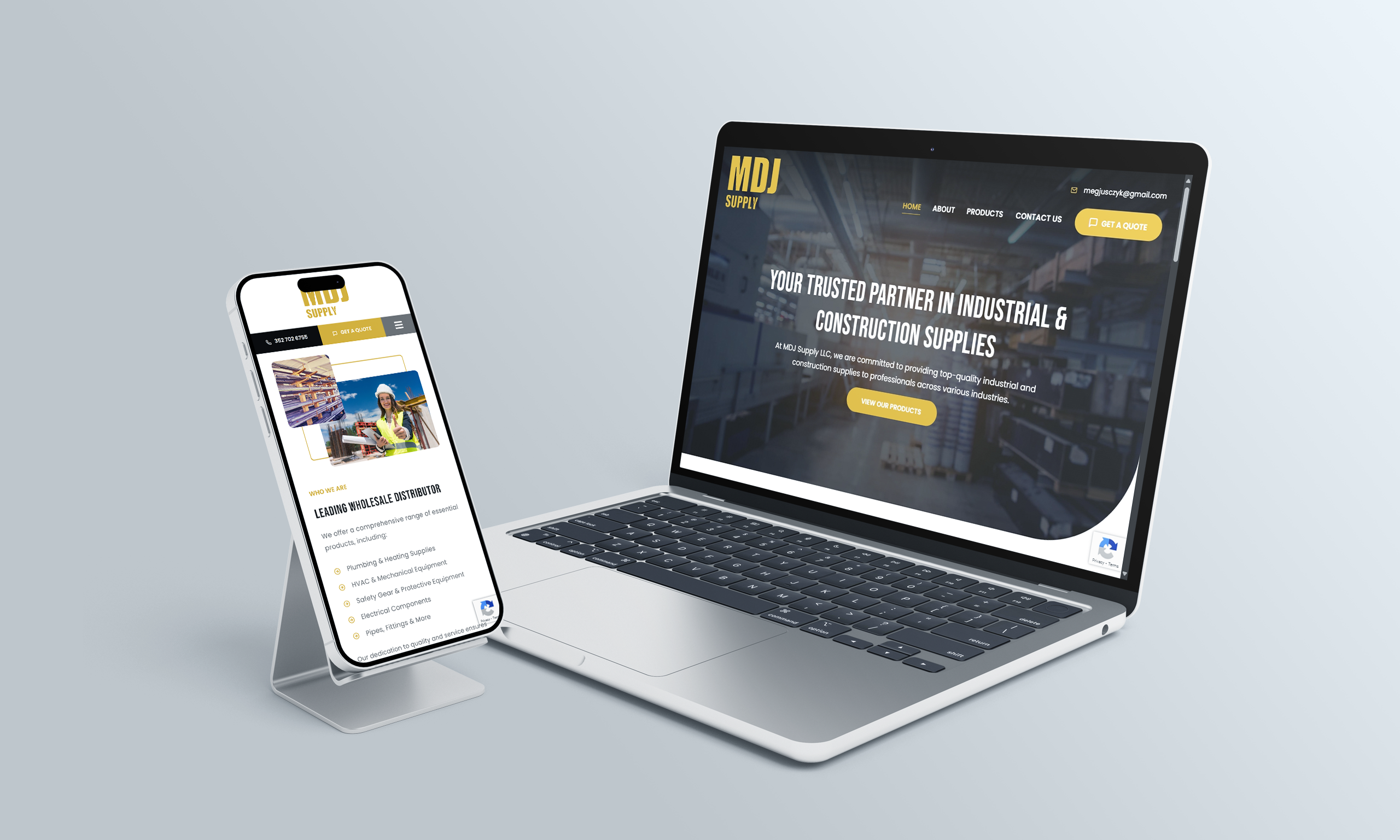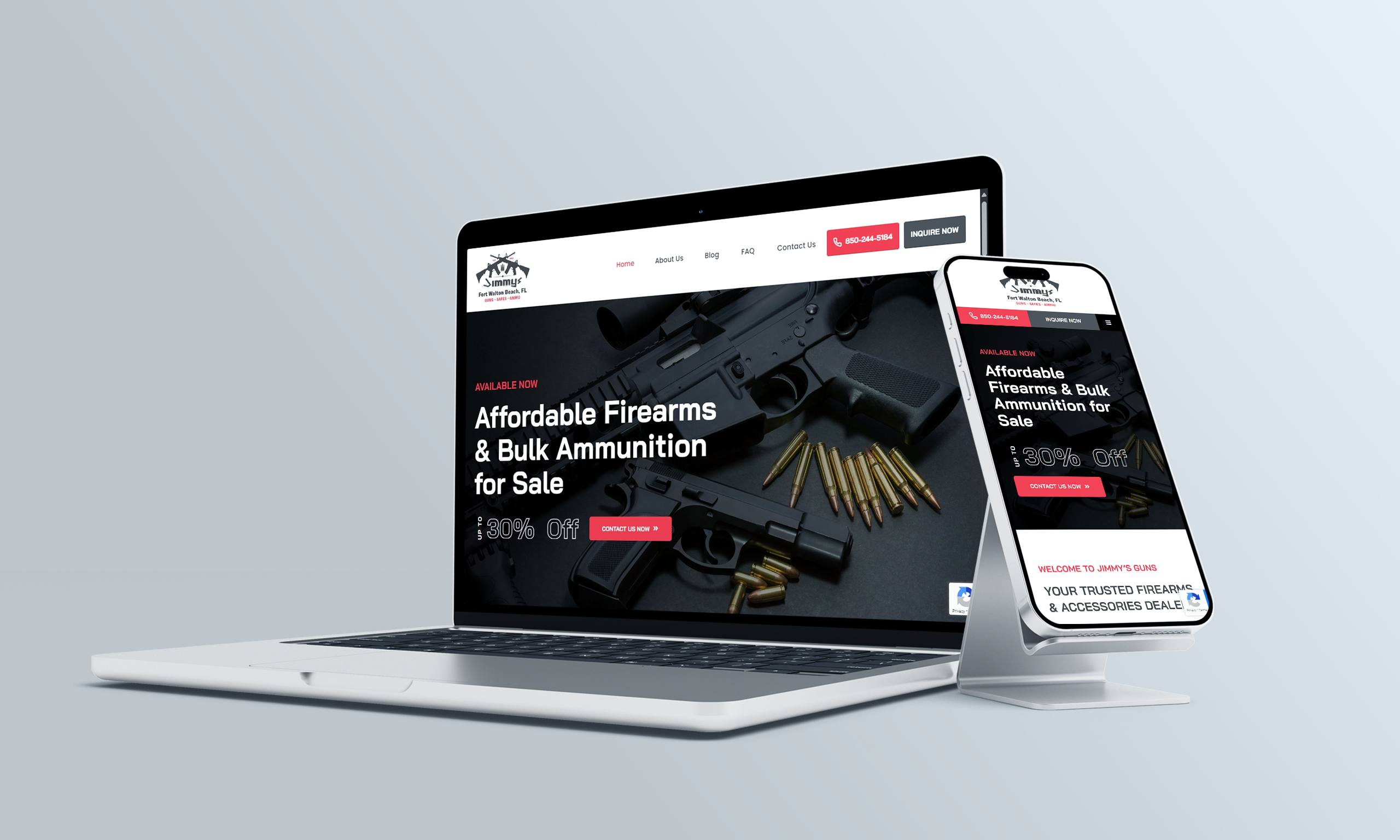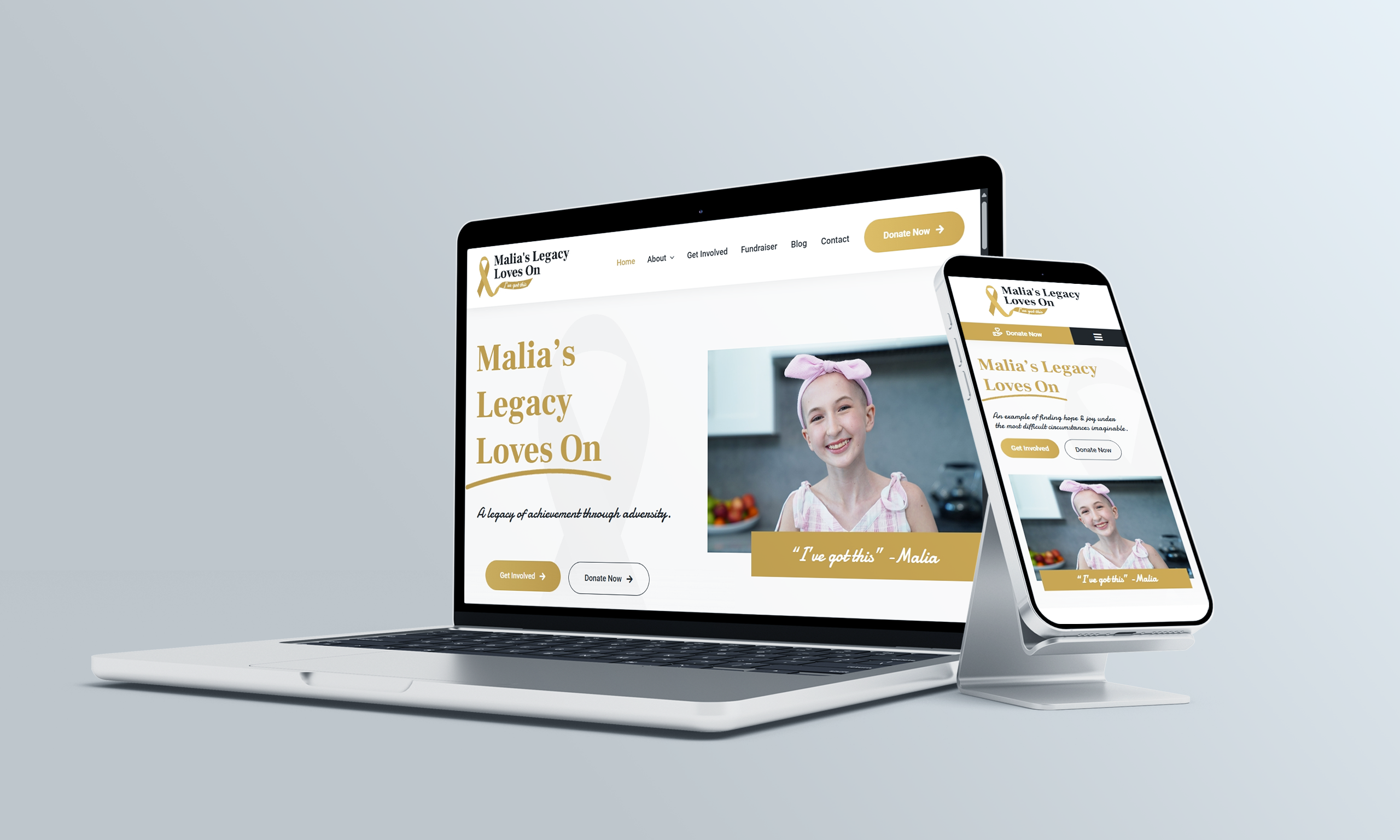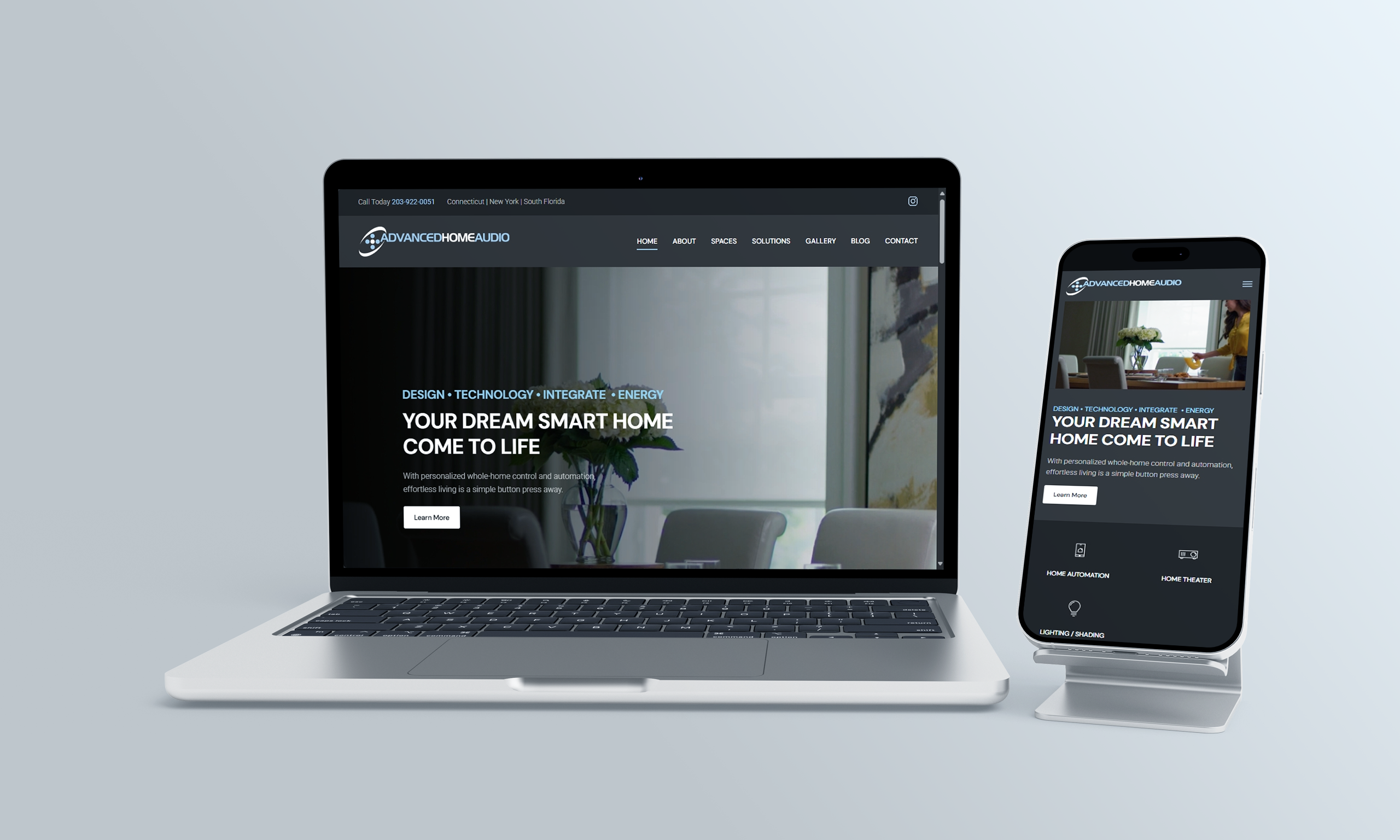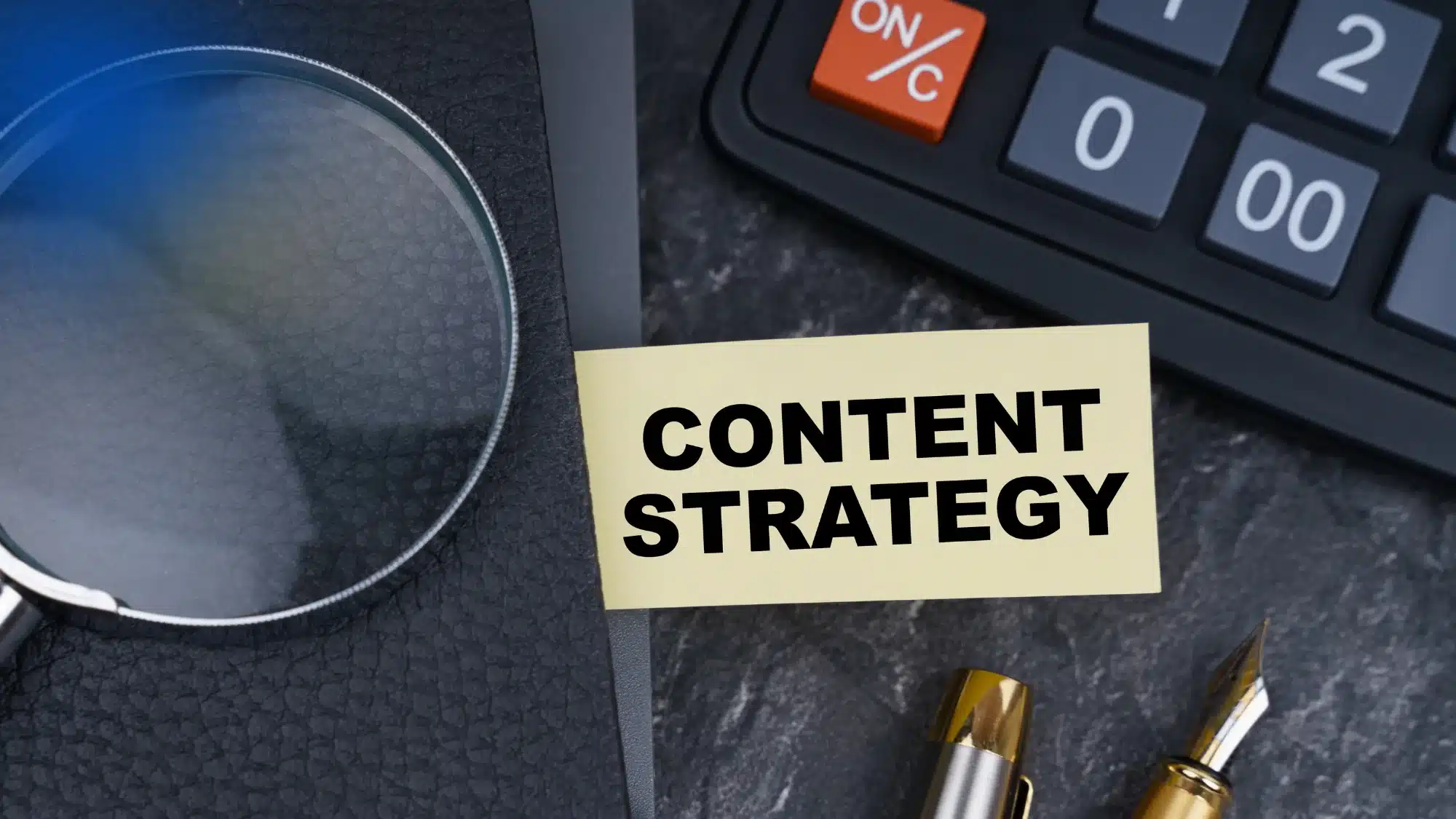
Generating high-quality leads is essential for tourism businesses to attract new customers and increase revenue. Stratedia specializes in helping tourism brands master the art of lead generation with effective strategies that convert visitors into loyal customers.
Here, we’ll explore nine proven methods to drive more travel leads to your business.
9 Strategies for Tourism Lead Generation
1. Optimize Your Website for a Seamless Experience
Your website is the cornerstone of your tourism business. A clean, user-friendly, and visually appealing design builds trust and encourages visitors to explore your services.
To maximize lead generation:
- Use consistent branding with your logo, colors, and imagery.
- Ensure your website is mobile-responsive and adapts seamlessly to smartphones, tablets, and desktops.
- Include clear calls-to-action (CTAs) like “Book Your Adventure Today!” or “Get Your Free Travel Guide.”
2. Target the Right Keywords for SEO
Keyword optimization ensures your website ranks high on search engines like Google. Focus on long-tail keywords like “family-friendly attractions in Portland” to attract relevant traffic.
To get started:
- Research competitive keywords related to your destination using tools like Google Keyword Planner.
- Incorporate keywords naturally into your content, meta descriptions, and title tags.
- Boost your site’s credibility by including internal links and references to reputable tourism websites.
3. Offer Lead Magnets
A lead magnet is a value-packed offer in exchange for a visitor’s contact information. Examples include:
- Free vacation guides.
- Exclusive discounts for local attractions.
- Packing checklists or trip itineraries.
These magnets help you nurture relationships with prospects and move them closer to booking their next adventure with you.
4. Leverage Email Marketing
Email marketing remains one of the most effective tools for tourism businesses. Send regular updates, promotions, and engaging content to keep potential travelers interested.
Best practices:
- Write attention-grabbing subject lines like “Escape to Paradise: 20% Off This Weekend!”
- Include scannable content with direct CTAs like “Book Now” or “Learn More.”
- Segment your email list to target specific groups, such as adventure travelers or honeymooners.
5. Build a Social Media Presence
Social media is where travelers find inspiration. Platforms like Instagram, Facebook, and Pinterest allow you to showcase your destination’s charm and engage with potential visitors.
To enhance your tourism brand:
- Post regularly with high-quality photos and videos of your destination.
- Use trending hashtags like #TravelGoals or #BucketListAdventures.
- Run interactive campaigns, such as polls or contests, to boost engagement.
6. Create YouTube Content
Videos offer an immersive way to showcase your destination’s beauty. With platforms like YouTube, you can transport viewers to your location, building excitement and interest.
Video ideas:
- Virtual tours of your destination.
- Traveler testimonials.
- Tips for planning a visit to your area.
Include links to your website and booking pages in your video descriptions to drive traffic.
7. Start a Blog to Share Your Expertise
Blogging is an excellent way to position your brand as an authority in the tourism industry.
Topics to consider:
- Insider tips on local attractions.
- Travel guides tailored to specific audiences (families, couples, solo travelers).
- Seasonal activities or events in your area.
Optimize your blog posts with SEO best practices and include CTAs encouraging readers to book their next trip.
8. Incentivize Customers with Rewards
Entice visitors to choose your business with attractive perks like:
- Discounts on future bookings.
- Complimentary services like spa vouchers or welcome baskets.
- Loyalty programs that reward repeat customers.
Positive customer experiences also lead to glowing online reviews, boosting your reputation.
9. Launch a Referral Program
Word of mouth is powerful in the tourism industry. A referral program encourages happy customers to spread the word about your services.
To get started:
- Offer rewards like discounts or free experiences for referrals.
- Promote your program through email campaigns, social media, and your website.
- Analyze competitors’ referral programs for inspiration to ensure yours stands out.
Let Stratedia Elevate Your Tourism Marketing
At Stratedia, we know what it takes to attract and convert travel leads. With customized strategies and data-driven insights, we help tourism businesses thrive.
Whether you need help with website optimization, social media, or email campaigns, we’ll craft a tailored solution to meet your goals.
Ready to grow your travel business? Contact Stratedia at 860-415-0340 or visit us online to get started with a personalized lead generation plan.
Let’s turn your dream destination into everyone’s must-visit!


